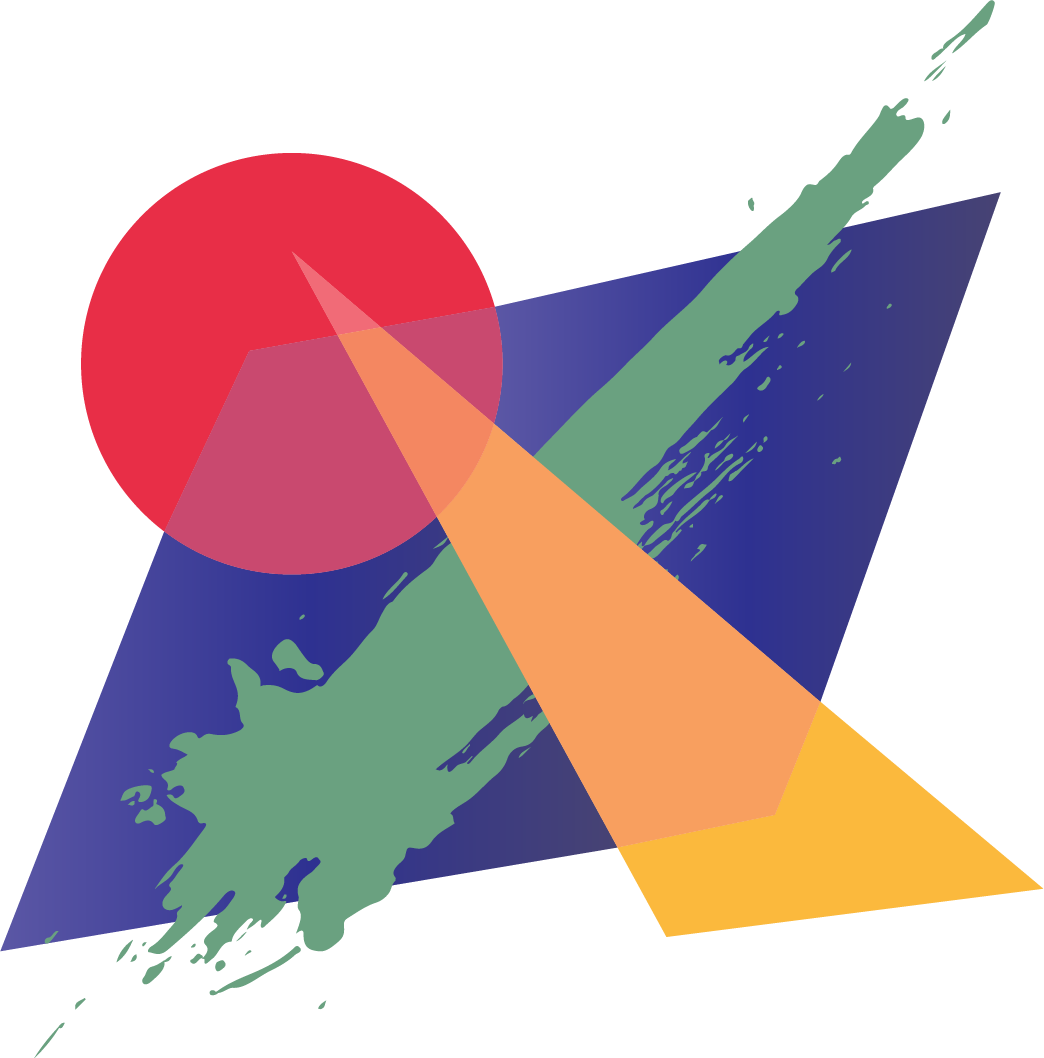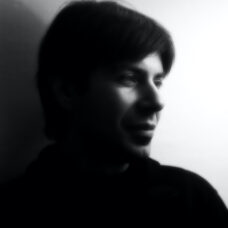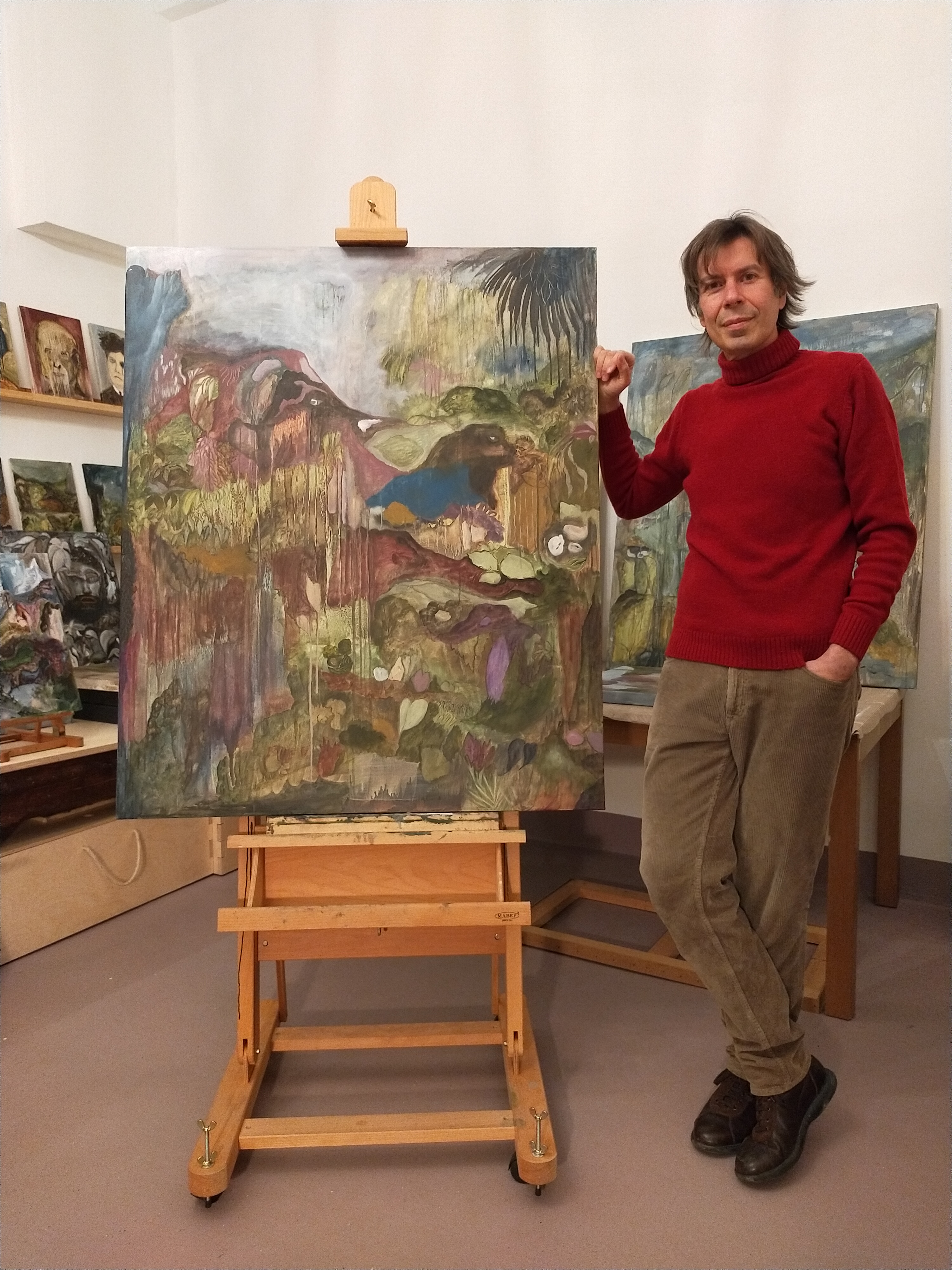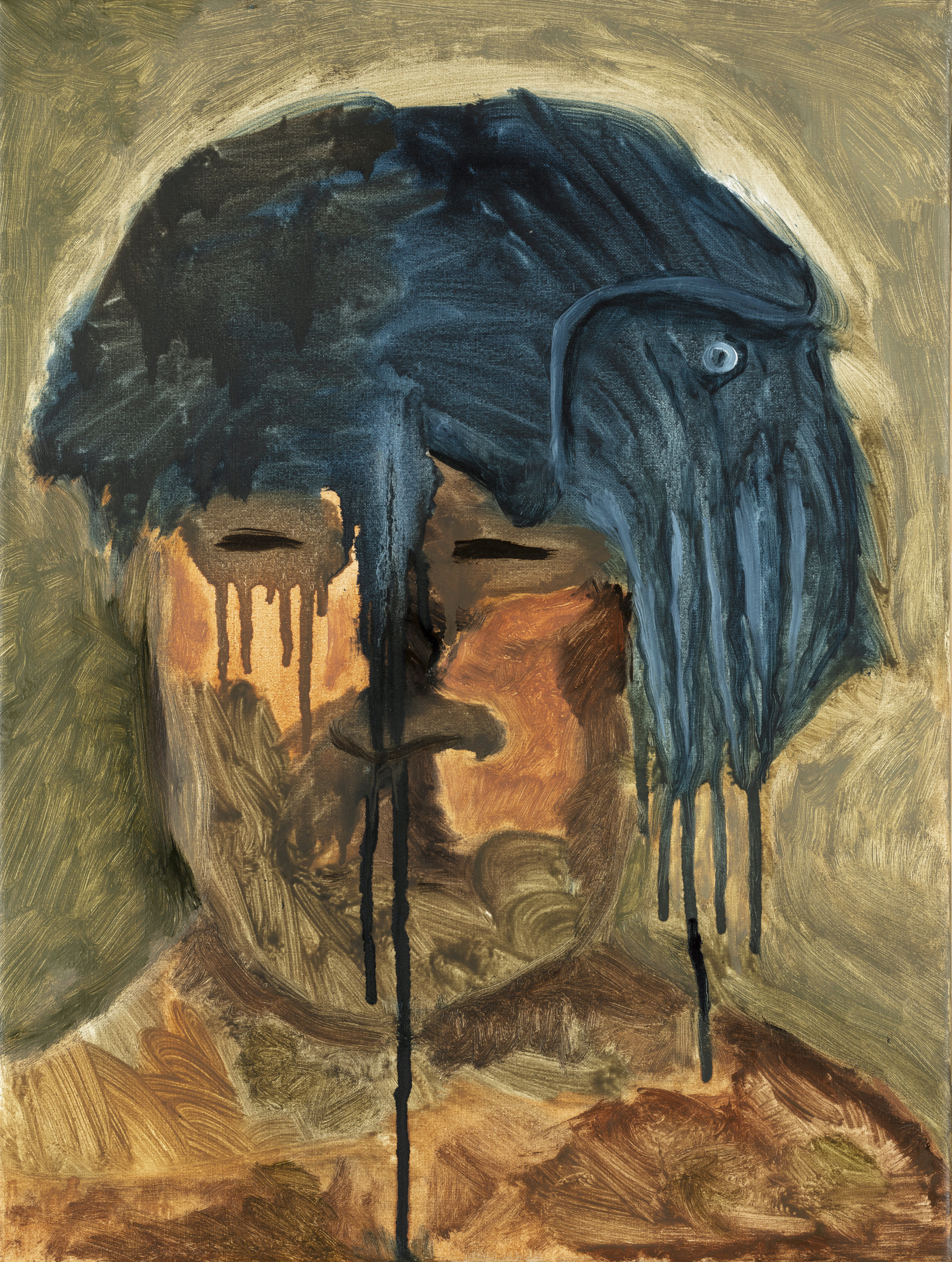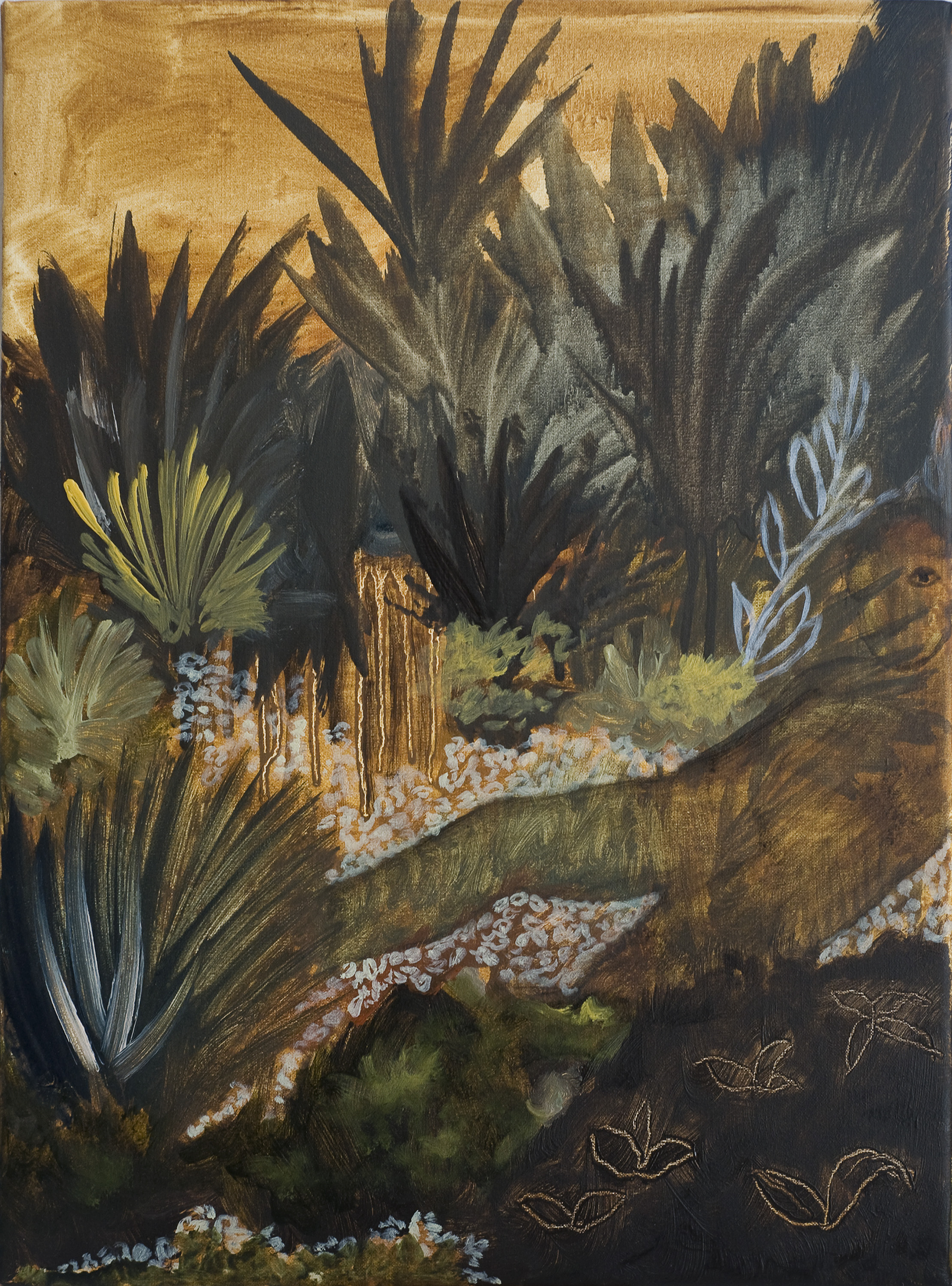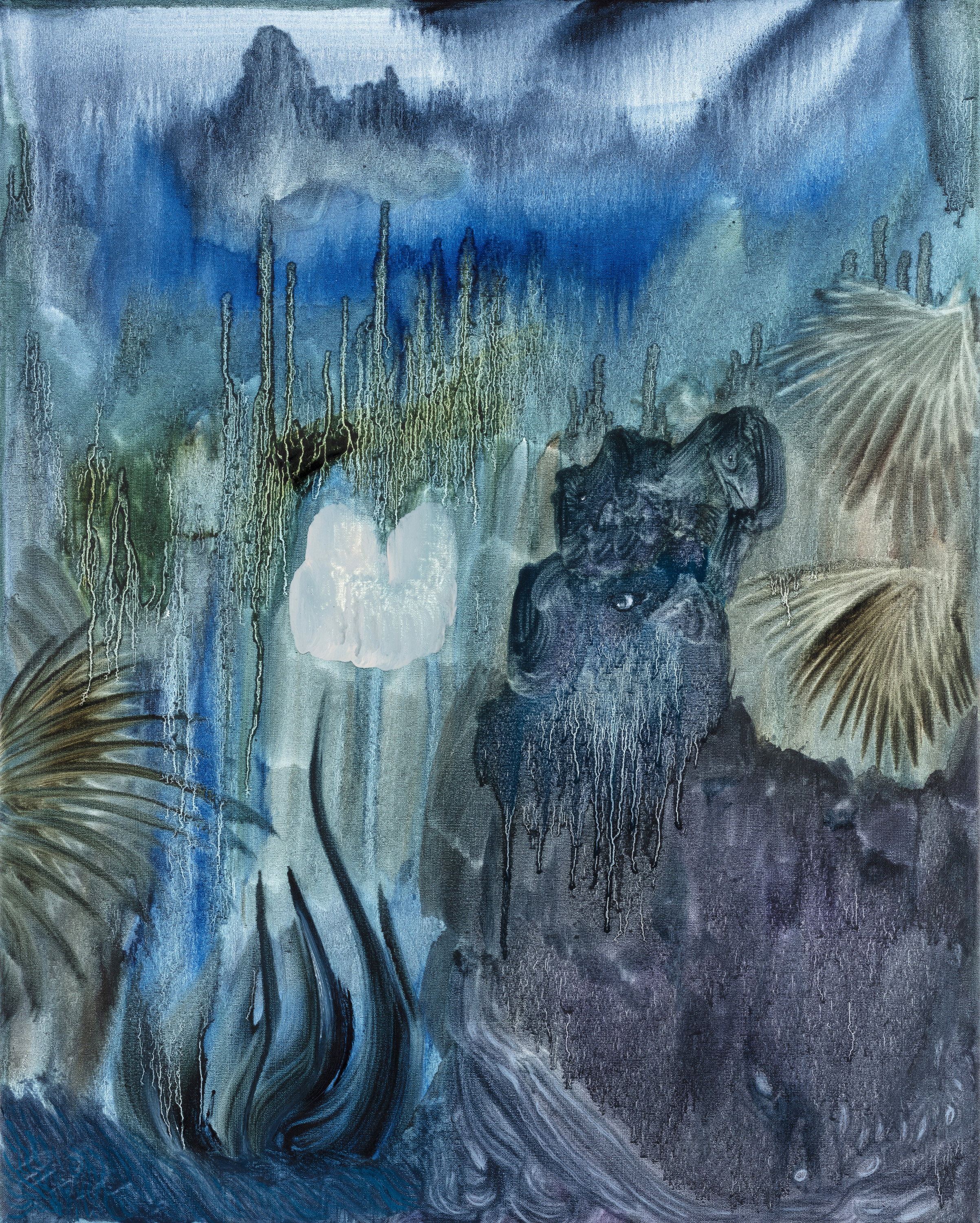Alessandro Giampaoli: ” Comparison is vital for an artist, and it is something I have always continued to seek, both with my peers and with generations of artists who came before me. “
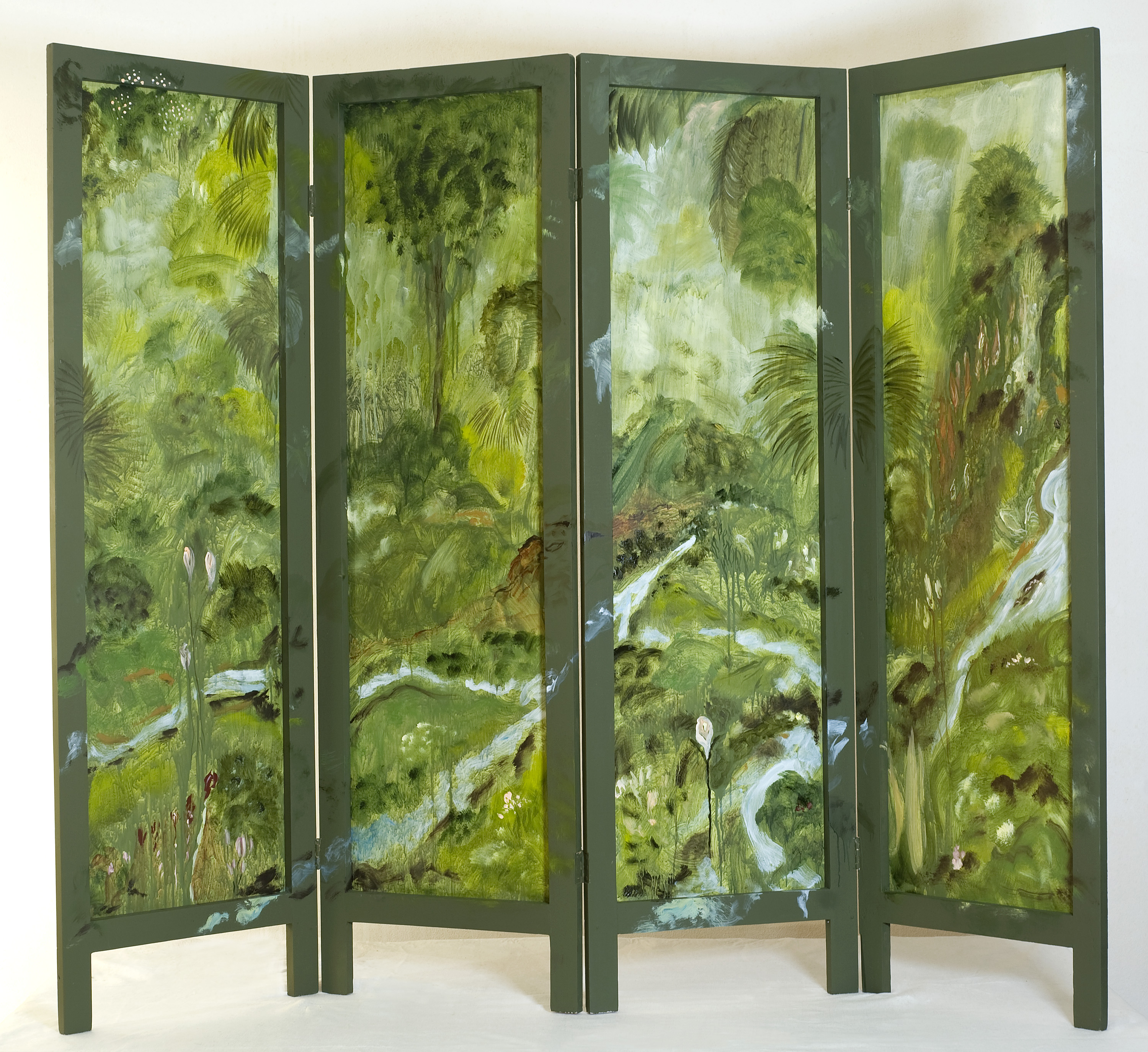
How and why did you start your artistic career?
Since childhood, I have manifested a natural disposition for artistic expression. I used to spend a lot of time drawing, fascinated by archaeology: imagining and depicting the primeval landscape and the creatures that inhabited it and episodes reported in history books.
Every day I would stare insistently at the bookshelf at home at what I would one day discover to be “Escape from Civilization. The Novel of Paul Gauguin” by Lee van Dovski. Today that book is in the front row of my study.
Then awareness grew and after classical studies, I enrolled in the Academy of Fine Arts in Urbino. The training period at the Academy was fundamental, not only because of the disarmingly beautiful setting of the ducal city but especially because of the freedom to experiment, the stimuli received from the teachers, the daily confrontation with other students, and the coexistence of languages. Comparison is vital for an artist and it is something I have always continued to seek, both with my peers and with generations of artists who came before me. After finishing my studies in Urbino, I moved to Milan where I reached artistic maturity.
My research began with drawing and painting, then I started experimenting with new forms of expression using photography, installation, and video.
How did you discover your medium and why did you choose it?
In art, I do not like definitions and boundaries between languages, and I nurture the belief that an artist should have maximum freedom and use every medium at his disposal to express content. So I have done, indulging over the years in the desire to experiment and choose the medium from time to time depending on the project. However, painting has been my first love. It is “the place” where I feel at home.
After traveling and gaining experience, one always returns to the roots. In wandering I have found nothing more “true” than painting, as it is true to the inner motion from which it springs. Oil painting on canvas because of historical ties and technical characteristics is the medium I prefer. When I enter the studio and smell the scent of linseed oil and turpentine I am pervaded by a state of intoxication and comforting warmth.
Can you talk about your creative process? How was your work born? How long do you take? When do you know it’s over?
When I paint I am in search of a poetic synthesis between innumerable solicitations: personal memories, manifestations of Nature, spiritual tension, anthropological reflections, literary suggestions, sense of cultural belonging and exploration of other cultures, figuration and abstraction. It is as if I already have an inner archive of images but I must from time to time untangle them from the skein that holds them back and pull them out to make them visible. When this “struggle” is successful, it is a true epiphany.
I usually work in cycles, delving into a specific theme, although there are constant elements that run through the entire production. I have long been fascinated by the idea of drawing a new “natural mythology,” a hybrid universe in which human, plant and animal mingle and codes of belonging are annulled, pursuing the reconstruction of a sense of the sacred and indistinct existential unity. Myth has had a strong impact on my imagination. I am particularly interested in the symbolic apparatus in the construction of work.
Nature has always been my first source of inspiration: it is a great open book that anyone can access to discover the universal codes that have always governed existence.
With the exception of sketches and notes, I do not paint from life or use photographs for reference. I try through painting to evoke those mysterious forces that move the Universe and that also find a home in us, often unconsciously. This tension, which translates into a kind of symbolic and sign prayer, corresponds to what artistic research, pictorial research in particular, represents for me: painting requires first of all a gaze turned inward and not outward, it is a continuous exercise of recomposing internalized information that returned to the canvas becomes a perpetual reminder in the search for truth.
It all starts with the colors I decide to use. After an initial monochromatic sketch I proceed with successive drafts and glazes. The process can take a couple of days as well as a month or more, depending on size and intent. The work is finished when I sense that the tension that generated it fades.
Who are your favorite artists? Which ones are you inspired by?
This is a question that always challenges me. I have always been culturally omnivorous: I have fed on art, literature, music, dance, film, theater, trying to absorb as much as possible, removing data and details so as not to be too conditioned by the form and preserving the emotional fabric that each experience has sewn on me. That humus has become my expressive code.
With this premise, I want to say that I have always looked at everything with great curiosity, attention, and respect.
I could name a thousand names and none. How not to be influenced by Giotto, Piero della Francesca, or Caravaggio? How to ignore the literary, artistic and theoretical work of Goethe or not be engulfed by the sublime painting of J.M.W. Turner? How not to treasure Kandinsky’s “The Spiritual in Art” or surrender to the courageous extremism of Malevič’s white square? And then the symbolism of Odilon Redon, the mystical work of Mikalojus Konstantinas Čiurlionis, the vibrant color of Mark Rothko, the research of Joseph Beuys, the monumental painting of Anselm Kiefer, Arte Povera, the experience of Arte Sella. I love the expressive force of Lorenzo Viani, the poetic synthesis of Osvaldo Licini, the living matter of Nanni Valentini, and the photography of Masao Yamamoto. It is an incomplete list, but these are the first visions that came to my mind among the many that I have felt resonate with over the years, like strings vibrating out of sympathy.
Two artists who in more recent times have caught my attention are Damien Meade and Hideaki Yamanobe.
I find the contemporary painting scene particularly alive and interesting. I particularly follow the Italian and English ones.

